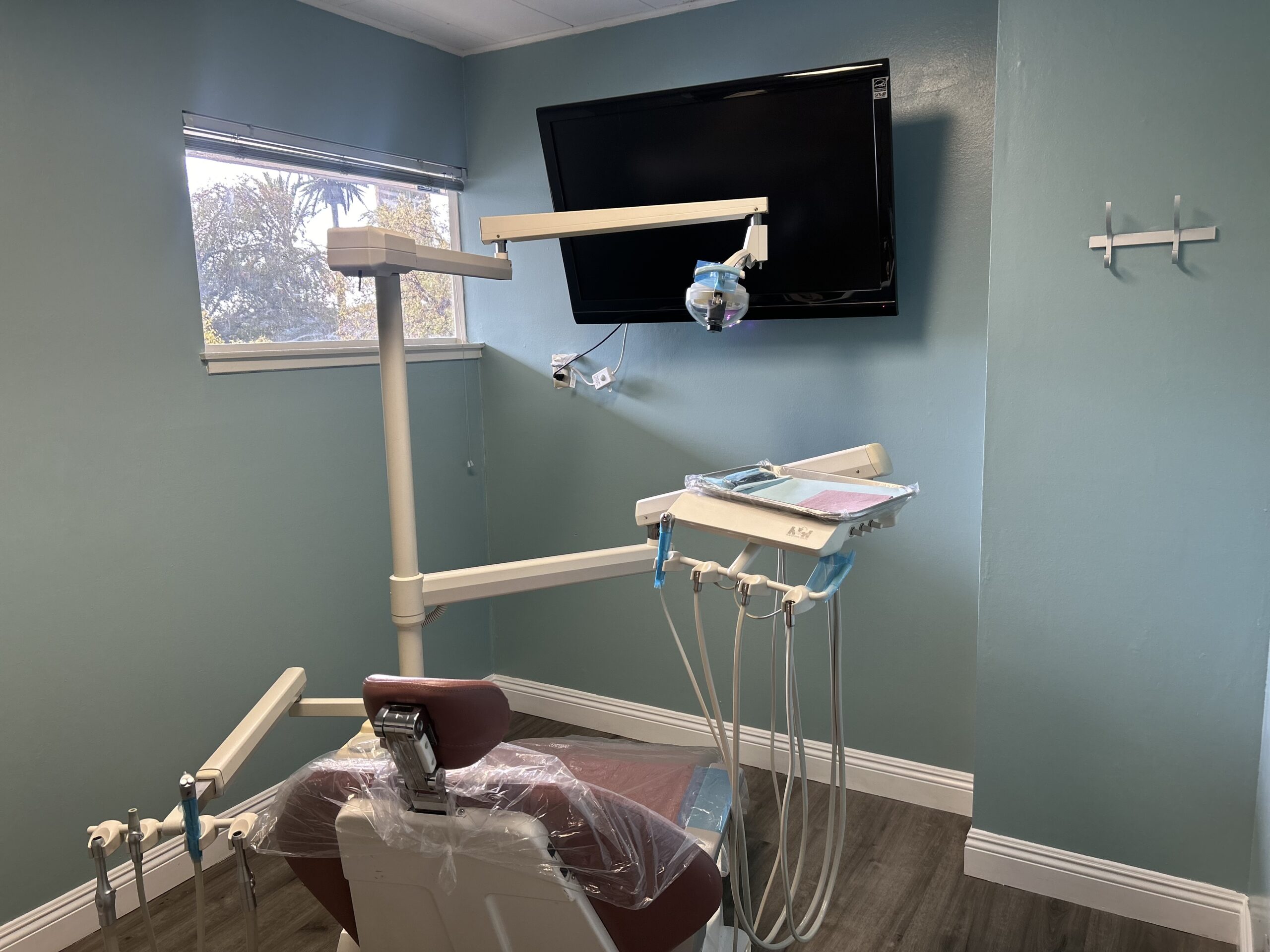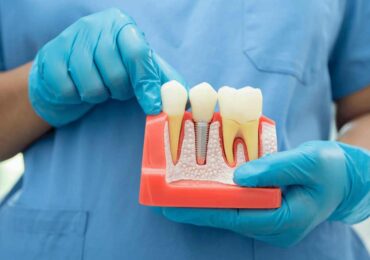Whether you go for traditional or no prep veneers, preparation is paramount to suit each patient’s unique needs and goals. A study revealed that the preparation for veneer placement is crucial to the patient’s satisfaction and the procedure’s success. This includes finding the most suitable material, the issue needing fixing, and the position of the teeth that need to be treated.
So, if your teeth are set for veneer placement, this provides detailed guidance on your preparation process.
Understanding Veneers
Veneers are thin shells bonded to the front of teeth to improve their look. They are great for minor issues like discoloration, chipping, or misalignment. While veneers can be an excellent option for specific cosmetic concerns, there may be better choices for individuals with a lot of decay, weak enamel, or gum disease.
Dental veneers require an underlying tooth structure for support, and the presence of a cavity and the weakness of enamel can compromise the tooth’s integrity and the veneer’s longevity. Treatments like composite resin fillings, root canals, or dental crowns may be more appropriate.
In other words, dentists recommend veneers for cosmetic purposes.
Is Getting Veneers Painful?
The veneer procedure involves the use of local anesthesia, making it painless. However, it’s common to experience slight sensitivity following the final fitting. The reason is that placing veneers requires shaving a small amount of enamel off the front surface of a tooth.
The amount of enamel shaved depends on the type of veneer. Your dentist will remove only a minimal amount of enamel during the preparation of your teeth; as little as 0.3 mm of enamel may be removed during minimal tooth preparation, and up to 1.5 mm may be removed during more rigorous preparation.
Do Veneers Permanently Damage Teeth?
Although veneers are a permanent treatment option, they don’t damage the teeth. When removed, your teeth appear different and become weaker and more sensitive. If you prefer a more conservative dental cosmetic procedure, your dentist might suggest an in-office teeth whitening.
While veneers involve shaving and applying thin shells to the front surface of teeth to change their appearance, professional teeth whitening bleaches the natural tooth enamel to lighten its color with a specialized bleaching agent, often activated by a specialized light or laser.
Types of Dental Veneers
While commonly referred to as dental porcelain laminates, veneers are not exclusively made of porcelain but comprise various materials. Also, the extent of veneer preparation depends on each veneer material type and other factors such as tooth position and the scope of dental issues. Before we dive into these points, here’s a quick guide to help you find which type of dental veneer suits you.
Porcelain Veneers
Porcelain veneers are made from high-quality ceramic materials, resembling natural tooth enamel. They are durable and resistant to staining, providing long-lasting results with proper care. It is suitable for individuals seeking highly aesthetic and durable solutions. It is ideal for patients with healthy enamel and sufficient tooth structure. Porcelain veneers can last up to 10 to 15 years.
A study found that 98.4% of the veneers remained satisfactory without any need for intervention, demonstrating excellent retention rates, minimal fracture occurrences, and superior maintenance of aesthetics, ultimately resulting in very high patient satisfaction.
However, porcelain veneers are typically more expensive than other veneer options due to the premium materials and customization involved. It may also require slightly more enamel removal due to the material’s strength and thickness. Costs can range from $800 to $2,500 per tooth. Those with extensive dental issues or conditions may not be suitable candidates.
Composite Veneers
Composite veneers are created from a tooth-colored composite resin material, generally less durable, and may be more prone to staining and wear over time. While it can look natural, it may offer different translucency and color-matching capabilities than porcelain veneers.
Composite veneers only require removing less enamel than porcelain veneers because they’re thinner. They may be ideal for patients with minor cosmetic issues or those seeking a temporary, cost-effective dental enhancement. Most composite veneers last up to 5 to 7 years.
No-prep Veneers
No-prep veneers require little to no preparation. It means it will not involve any reshaping of natural teeth. They take much less time and effort to install but offer the same benefits as traditional veneers.
Not all cosmetic concerns may be suitable for no-prep veneers, and some cases may require traditional veneers for optimal results. No-prep veneers almost cost the same as porcelain, ranging from $800 to $2,500 per tooth.
With the advent of computer-aided design (CAD) and computer-aided manufacturing (CAM) technology, dentists can digitally design and create veneers with unmatched accuracy and precision.
Dentists can guarantee that veneers precisely fit patients’ teeth using CAD/CAM technology, giving patients a natural smile and a comfortable bite.
CAD/CAM technology also speeds up the fabrication process, shortening lead times and increasing productivity.
Factors Influencing Veneer Preparation
Learning the different types of veneers mentioned above allows you to grasp the extent of the preparation process of your preferred veneer type.
When we talk about veneer preparation, we’re referring to the pre-veneer placement or the teeth surface cleaning and enamel removal.
As mentioned, there are different types of veneers, each with varying bond strength. The veneer’s bond strength determines the amount of tooth structure your dentist needs to shave to establish a strong and secure bond. The less tooth enamel to remove, the easier the bonding process will be.
But the veneer type isn’t the only factor influencing veneer preparation. You also have:
Teeth position
Placing a veneer might be challenging if a tooth is misaligned or rotated. Improper placement might cause the veneer to look unnatural, disrupting the overall smile symmetry.
The extent of dental issues and other lingering concerns
More extensive problems may require additional steps or modifications, mainly if other gum-related issues exist. For instance, as your gums recede, they make your teeth appear overly long, resulting in irregular contours. In such cases, your dentist should hold off the veneer placement and recommend a treatment such as gum grafting to rebuild your gum line.
Prepping for Different Veneer Types
We’ve established thus far that veneers come in various types, with porcelain being the most durable and resistant to staining. At the same time, composite is less expensive and requires minimal enamel removal. Furthermore, the extent of veneer preparation depends on factors like tooth position, dental issues, and chosen veneer material.
These points lead us to the most significant portion of the article: the actual prepping procedure. With that in mind, let’s talk about how teeth are prepared according to the type of veneer material.
Porcelain veneer placement process
Preparation:
- Your dentist will clean your teeth thoroughly.
- A tiny layer of enamel is then removed from the front surface of each tooth using a drill or laser. The amount of enamel removed depends on the type of veneer used and the desired outcome.
- Depending on the level of preparation, your dentist may use a local anesthetic to numb your teeth and minimize discomfort.
Creating the Veneers:
- Impressions are taken of your prepared teeth to create precise molds.
- These molds are sent to a dental lab, where technicians use them to custom-design and fabricate your permanent veneers.
- Temporary veneers may be placed on your teeth while the permanent ones are being created.
Bonding the Veneers:
- During your next appointment, your dentist will clean, polish, and etch the surface of your teeth to prepare for bonding.
- Each porcelain veneer is then bonded to its corresponding tooth using a special dental cement cured under a specific light to ensure a strong and lasting bond.
Final Touches:
- Your dentist will check the fit and aesthetics of the veneers and make any necessary adjustments.
- You will be given instructions on how to care for your veneers to ensure their longevity.
Composite Veneer Placement: Direct vs. Indirect
To better understand how teeth are prepped for composite veneer placement, remember that there are two main approaches to placing composite veneers:
Direct Placement:
- This is a single-appointment procedure.
- The dentist applies the tooth-colored composite resin material directly onto your teeth, sculpting and shaping it to achieve the desired shape and size.
- This method offers greater flexibility and customization as the dentist can adjust the veneer in real-time.
Indirect Placement:
- This approach involves two appointments.
- During the first appointment, your dentist prepares your teeth and takes impressions to create molds.
- These molds are sent to a dental lab, where technicians fabricate the composite veneers based on the specifications provided by the dentist.
- The dentist bonds the pre-fabricated veneers to your teeth in the second appointment.
- However, it takes longer and is typically more expensive than the direct placement method.
Consult an Upland Dentist for Your Veneers
At Upland Dental Practice, we’re here for all your cosmetic dentistry needs. Our experienced team is ready to provide top-quality care and personalized treatments to give you the desired smile. Trust us to deliver exceptional results with our skilled professionals and advanced facilities.
Ready to transform your smile? Book an appointment with us at Upland Dental Practice. Our friendly team is here to provide top-notch care to help you achieve your dental goals. Don’t hesitate to reach out – we can’t wait to restore your smile!

Got further questions?
Recent Articles
- 1
- 2
- 3
- 4
- 5
- 6
- 7
- 8
- 9











